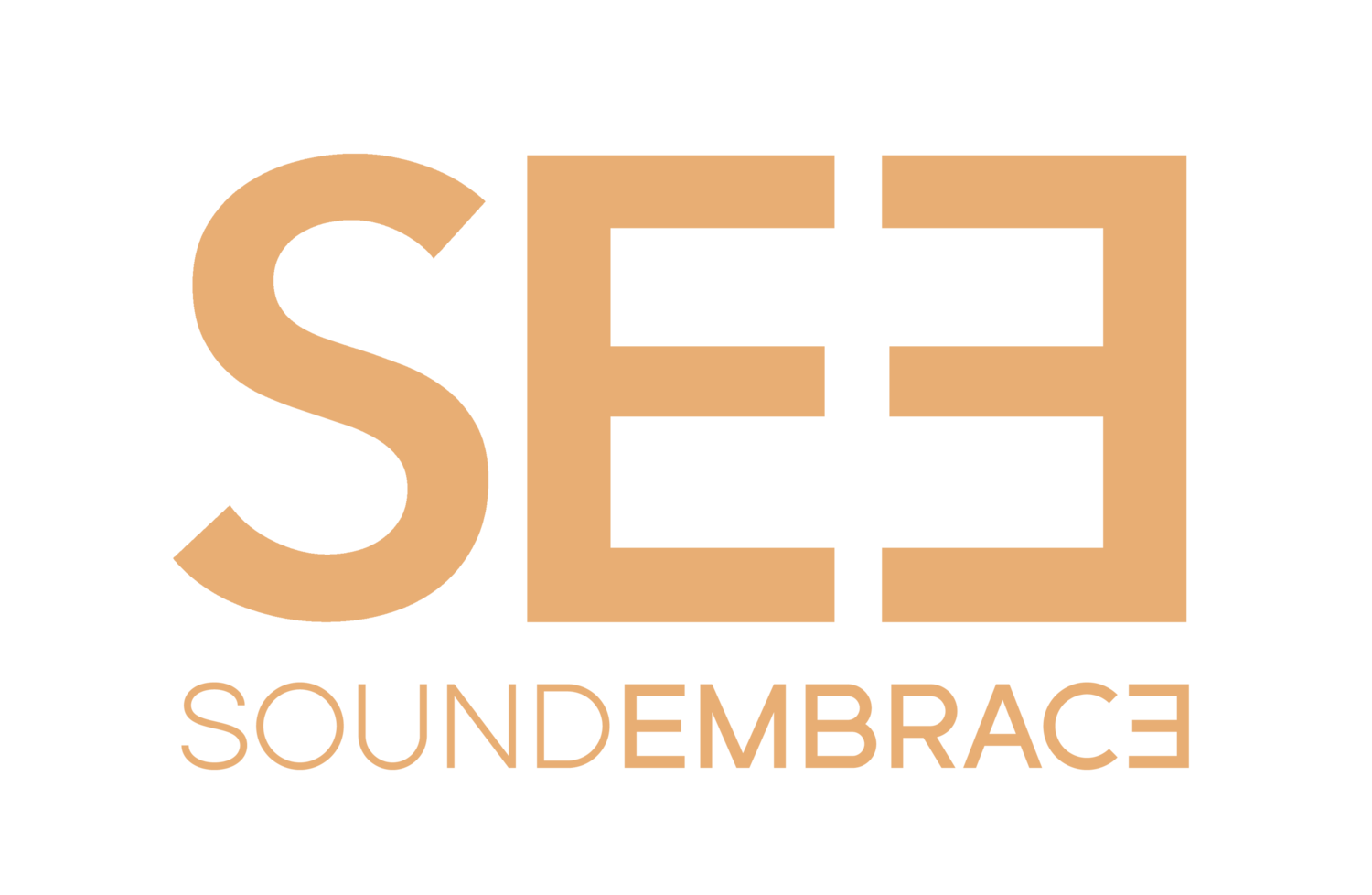Why it is important to take Sound Healing Certification?
Taking an official Sound Healing certification course can be important for several reasons:
Knowledge and Skill Development: A certified course provides structured learning and comprehensive knowledge about the theory, techniques, and practices of Sound Healing. It equips you with a deeper understanding of the subject, including the scientific principles, different sound healing modalities, and their applications. You'll learn about the effects of sound on the human body, mind, and emotions, as well as how to work with various instruments and tools effectively.
Credibility and Professionalism: Obtaining a certification adds credibility to your skills and knowledge. It demonstrates that you have undergone formal training, met certain standards, and are committed to maintaining professional ethics. Clients and employers are more likely to trust and choose practitioners who have completed certification courses.
Client Safety and Well-being: Sound Healing involves working with individuals who may be dealing with physical or emotional challenges. By undergoing a certified course, you learn about safety protocols, ethical considerations, and appropriate practices to ensure the well-being of your clients. Understanding contraindications, recognizing potential risks, and knowing how to create a safe and supportive environment are crucial aspects covered in a certification program.
Networking and Community: Official certification courses often provide opportunities to connect with like-minded individuals, practitioners, and experts in the field. Building a network within the Sound Healing community can be invaluable for ongoing support, collaboration, and mentorship. It allows you to stay updated on new research, techniques, and advancements in the field.
Legal and Regulatory Compliance: Depending on your jurisdiction, there may be legal or regulatory requirements to practice Sound Healing professionally. Completing our certification course supports you in finding the necessary standards to operate within the legal framework. It helps protect both you and your clients by ensuring you adhere to professional standards and guidelines.
Personal Growth and Development: Beyond the practical aspects, a certification course can facilitate personal growth and development. It provides a structured learning environment where you can explore your own relationship with sound, develop your intuitive abilities, and deepen your understanding of the mind-body connection. It can be a transformative journey that enhances your own well-being and enables you to assist others more effectively.
While certification is not a legal requirement in all places, it can significantly contribute to your professional growth, credibility, and the ability to serve others responsibly and effectively in the field of Sound Healing.
Can Children Experience A Sound Bath?
SoundEmbrace has worked with children in private and group sessions, as well as through children’s therapy centers.
While children of all ages are welcome, please note that it may be challenging for some children to remain quiet and still for long periods of time.
We trust that you know your child best. If this is a public group sound bath session please take into consideration that any movement, fidgeting or talking is disruptive to other participants as it becomes a sound sensitive environment.
Ultimately, we find great results working with children!
Who Should NOT Do A Sound Bath?
You should not have a sound therapy session if you are in the first trimester of pregnancy, or have thrombosis. In person sound bath sessions may produce monaural beats, while virtual experiences may produce binaural beats, so it is recommended to consult your doctor if you are prone to seizures. Please let your practitioner know if you have a pace maker or any other device.
What Should I Bring To A Sound Bath?
Really, anything goes!
Please bring anything that will support you in laying down for the duration of the session.
Items may include a yoga mat, pillow, eye mask, and blanket.
Dressing comfortably will also support you in becoming more relaxed during the session.
Participants often feel thirsty after a sound bath session, so feel free to bring water.
When the physical body isWhen the physical body is comfortable it is easier for the mind to be as well!
What Can Sound Healing Sound Baths Help With?
Sound Therapy has been shown to have positive outcomes and support:
Relieving Stress
Reducing Pain
Reducing Anxiety
Insomnia
Depression
Achieve Higher States of Meditation
Digestive Issues
PTSD
Fibromyalgia
Cancer
Brain Function
Added Mobility
Increased focus
Increased clarity
Increased creativity
Increased sense of calm
Increased blood flow
Increased oxygen flow
“Through the process of entrainment, sound can transform negative, repressed emotions into a state of psychological equanimity that has direct and immediate effects on our physiology. Sonic entrainment can also restore harmony between our innermost selves— our essence— and the universe, thus reawakening our spiritual connection.”— Mitchel Gaynor
How Can I Become a Sound Healing Practitioner?
You want to do your homework on who will be the best teach for you and your goals. Here are SoundEmbrace, we offer a FREE Consultation call to answer all your questions about the industry and advise on whether or or not a single class or full certification is best for your goals.
The SoundEmbrace Sound Healing Certification Program is robust. You will not only the history, practical application, and science, you will also be mentored and be supported through business and marketing classes so that you have a realistic foundation to launch from when you complete the 4 month program.
Can Anyone Buy Sound Healing Instruments?
You are absolutely right! On one hand, this is a good thing! On the other, well, if you don’t know what you are doing you can certainly cause more harm than good!
On the good side of it, these instruments are relatively accessible to start a self meditation practice. This is helpful in finding self empowerment for yourself and creating that time to learn to self regulation.
On the other hand, I still recommend that there is some training for the beginner. You may have immense detox symptoms and need to be able to know what these are and how to prep your nervous system to handle the vibration.
There’s no governing body for Sound Healing to maintain standards of best practices and ethics. There are many programs, classes, workshops, and “Certification Programs” popping up all over the place without any real validity, extended knowledge in the practice of health, coaching, or trauma. And good intentions are really only that. Good intentions. If you do not have extensive training you really don’t know what responsibility you really have as someone facilitating this work.
What is a Sound Bath?
It is called a Sound Bath because it feels like the sounds are washing over you.
Participants typically lie down on yoga mats (welcome to sit up), close their eyes and focus on their breath as wave after wave of sound washes over them. A sound practitioner facilitates using combinations of frequencies to prepare the nervous system to go into the parasympathetic nervous system state. This creates the environment for the body to go into its own natural healing often relieving stress, and reducing pain.
Instruments used may include, but are not limited to : quartz crystal bowls, himalayan bowls, gongs, drums, shakers, chimes, bells, tingshas, and voice to name a few.
Where Does Sound Healing Come From?
I get this question a lot as well!
Sound healing isn’t new. Sound Healing is more of an umbrella term for ancient healing practices all over the world, both spiritual in nature, and not spiritual. Many Eastern spiritual traditions use these instruments for ceremony and healing thousand of years ago. Sound Healing practices span over every continent and continent and culture, and so it is the responsibility of the practitioner to not only know the practical application of the instruments in our modern day, but also maintain the integrity and ethic of the practice from what if came.
It is worth mentioning that we may also categorize ultrasound and frequency therapy as an accepted and frequently medical intervention. While a Sound Healing Practitioner, Therapist, or Facilitator may not use these interventions, it is using vibration and frequency as a tool for healing.


















